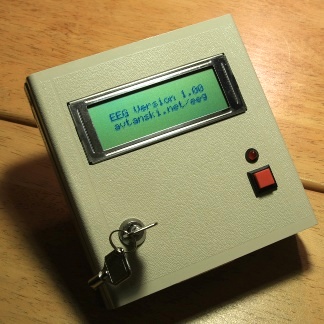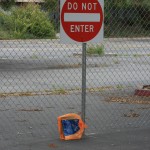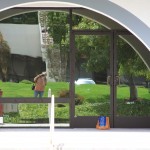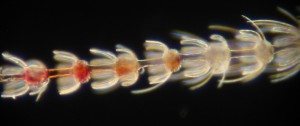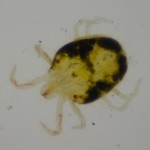When I was in highschool I started working on a crazy idea. I wanted to build a simple computer constructed entirely from electromechanical relays. I had a very supportive teacher who was ready to give away parts for various projects his students were working on. When I asked if he has some relays, he said “Sure, how many?” probably expecting that I’ll ask for one or two. My “About fifty will be a good start…” took him by surprise, but he still managed to find about 20 relays from an old telephone exchange.
Back at home and several weeks later I got as far in the construction as the core of the arithmetic unit: Two 4-bit input registers, one 5-bit output register and a clicking and sparking mess of relays in the middle that was capable of adding and subtracting. It was very impressive – press the RESET button, then enter the input numbers in binary – each button producing a solid CLICK! and making a bulb light up. Then – the main attraction – pressing the ADD or SUBTRACT button causing a storm of clicks and tiny sparks and, yo and behold, the result shows in the output register! It was often correct.
What killed the project at the end was that my poor old power supply could not handle the load. Not only I could start it for only seconds at a time before the first smell of burning plastic, but the voltage drop during the power-intensive part of the computation was causing some relays to switch off and messing the end result.
If only I had a good power supply, maybe – just maybe, I would be able to do this. Amazing!
[ Go to project ]
